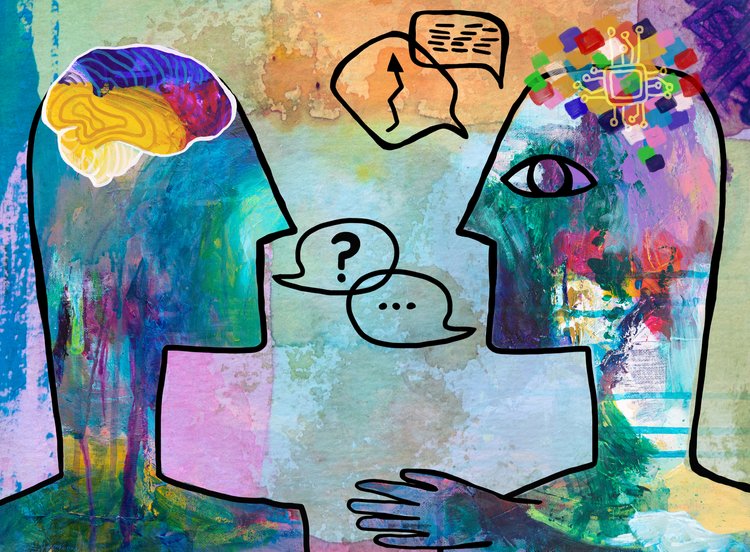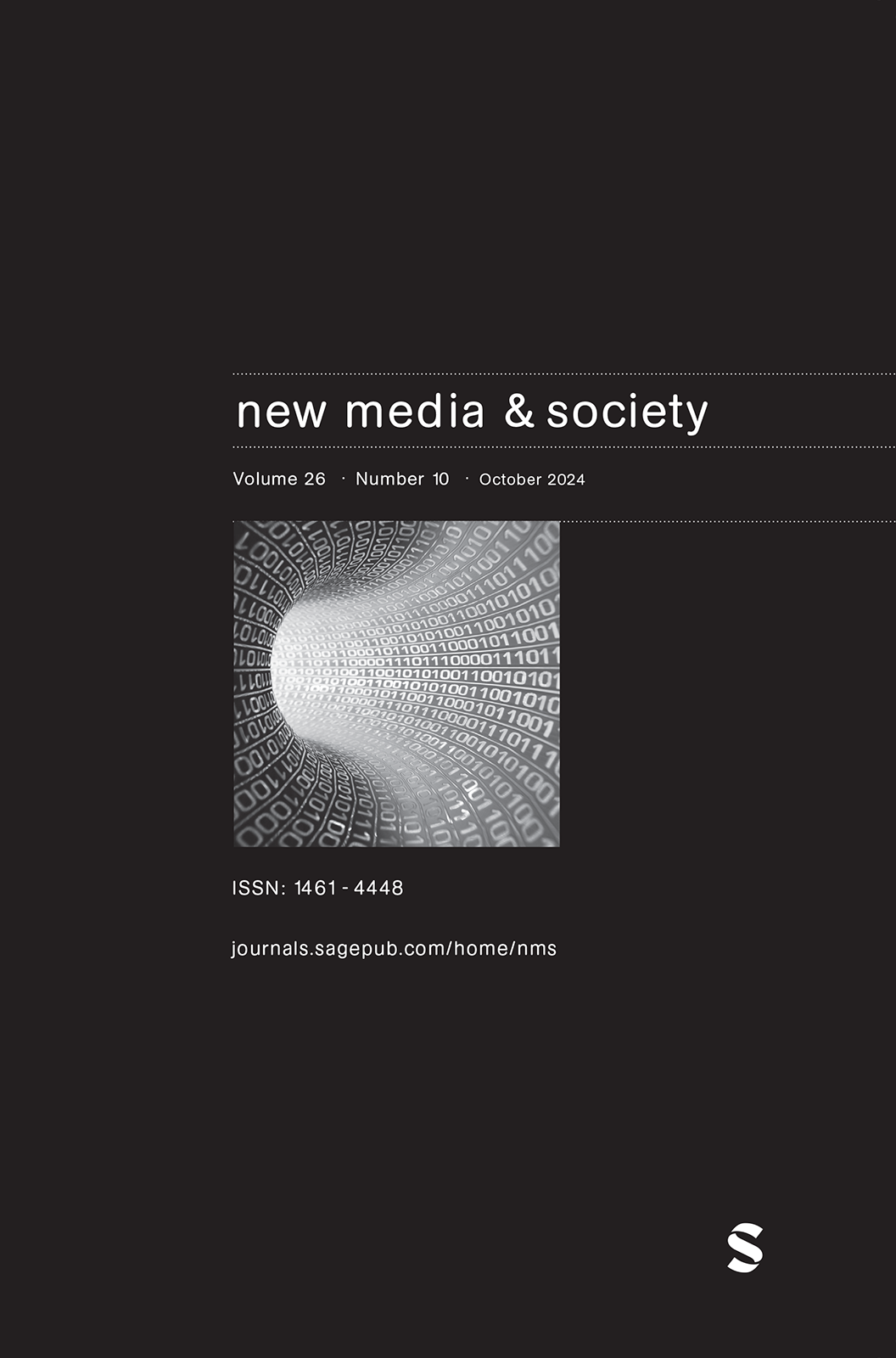
The SAFEST Model: Streamlining EU Youth Online Safety Legislation
Research demonstrates that social media offers young people significant benefits while simultaneously presenting notable risks. These services enable vital social connections, foster learning and skill development, provide safe spaces for identity exploration (especially crucial for underrepresented youth), and create opportunities for civic engagement and activism. However, these advantages are accompanied by a variety of potential […]

What is Cyberbullying?
“What is Cyberbullying?” is one of the most frequent questions we are asked because many know what it is when it happens, but have trouble wrapping succinct descriptive words around it. Formally, we define it as “willful and repeated harm inflicted through the use of computers, cell phones, and other electronic devices” (from Bullying Beyond […]

Chat/Text Abbreviations & Acronyms
This updated resource helps parents and educators understand the abbreviations and acronyms commonly used by young people in text messages, social media, and online chat rooms. It is meant to serve as a bridge between generations, making it easier to monitor and understand youth conversations online, particularly when concerns about cyberbullying or online safety arise. Citation […]

Social Media, Cyberbullying, and Online Safety Glossary
In our Glossary below, we define the terms you need to know in the realm of social media, cyberbullying, and online safety, so that you are increasingly informed about technological jargon as you work with the youth under your care.(You can also download a distributable PDF of our Social Media, Cyberbullying, and Technology Terms Glossary). […]

How Platforms Should Build AI Chatbots to Prioritize Youth Safety
The introduction and adoption of AI chatbots across multiple domains has ushered in many enjoyable and educational possibilities. These conversational agents – accessible via stand-alone apps or built into existing popular social media platforms – can offer companionship and support without the pressures or complications of real-world interactions. They can also provide youth with a […]

Our Cyberbullying Scale: Two Decades of Measuring Online Aggression
When Sameer and I first became interested in studying cyberbullying back in 2001, we began our inquiry by simply speaking with folks. We talked with parents and teens, but also with teachers and other school staff, as well as law enforcement officers and anyone else who worked with young people. We wanted to know more […]

Metaverse Risks and Harms Among US youth: Experiences, Gender Differences, and Prevention and Response Measures
Research indicates that participation in metaverse environments and with virtual reality(VR) is increasing among younger populations, and that youth may be the primarydrivers of widespread adoption of these technologies. This will more readily happenif their experiences are safe, secure, and positive. We analyze data from a nationallyrepresentative sample of 5005, 13- to 17-year-olds in the […]

Metaverse risks and harms among US youth: Experiences, gender differences, and prevention and response measures
We have a brand new piece just published in New Media and Society! We are excited about this contribution to the literature base based on a nationally-representative sample of 5,005 youth in the United States. Most importantly, we’ve distilled the findings into clear recommendations for platforms, parents and guardians, teen users, content creators, and schools. […]

Instagram Teen Accounts – A Win for Parents and Legislators
Instagram just announced a significant update to the way they safeguard and support teen users on their platform, and I believe that this development is timely, well-constructed, and one that should lead to measurable benefits. These changes will initially be made to all accounts of youth under 18 years of age in the US, UK, […]

Addressing Youth Sexting Through Rational Legislation and Education
Sexting is defined as “the sending or receiving of sexually explicit or sexually suggestive images or videos,” usually via mobile devices. Our research indicates that at least 14% of US middle and high school students report that they have sent explicit images to others, while about 23% have received these kinds of images from their […]

